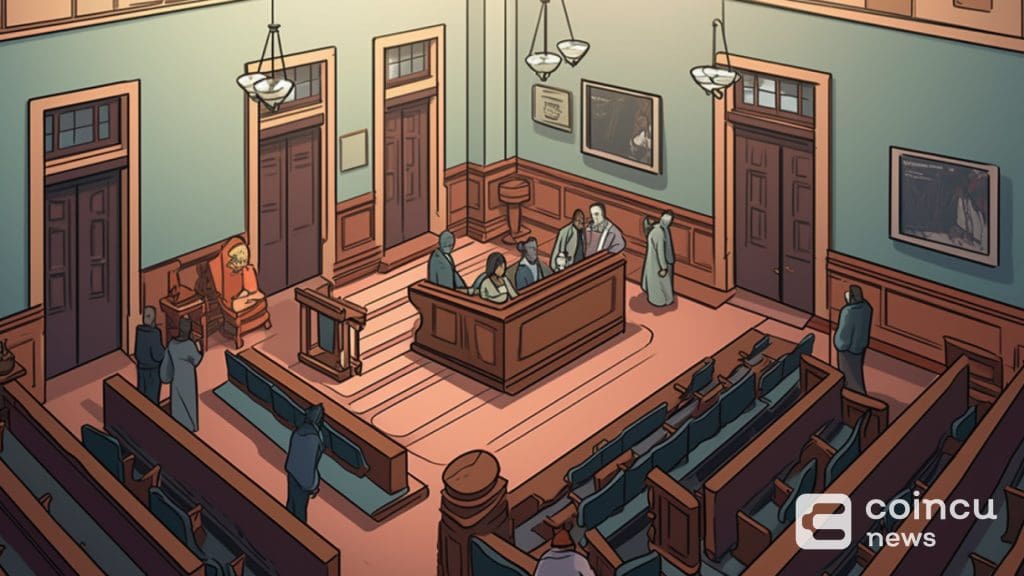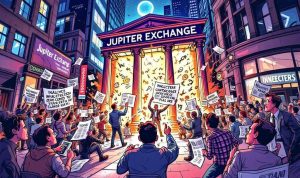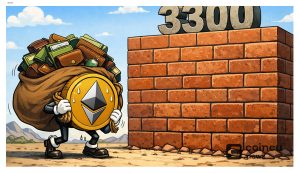Key Points:
- FTX’s former CEO, Sam Bankman-Fried, was convicted, leading to the seizure of over $11 billion in assets.
- FTX debtors, creditor groups, and an offshore entity are all claiming FTX bankruptcy assets.
- Bankruptcy lawyers say FTX customers could recover their lost funds and interest from gathered assets.
Following the criminal conviction of FTX’s former CEO Sam Bankman-Fried, authorities confiscated his assets valued at over $11 billion, according to The Block.

Legal Battle Over $11 Billion in FTX Bankruptcy Assets
These assets include cryptocurrencies, private planes, and funds held in bank accounts. The aftermath has sparked a legal battle over ownership involving three main parties: FTX debtors, creditor groups, and an offshore entity established by Bankman-Fried.
The FTX debtors argue that the seized FTX bankruptcy assets never truly belonged to Bankman-Fried, asserting they were acquired through his criminal activities. According to court documents, these assets are held by debtor entities or FTX Digital and are funded entirely by debtor assets. The debtors maintain that the FTX bankruptcy assets should be considered part of the bankruptcy estate and thus be used to satisfy claims from the creditors.
Emergent, an offshore company created by Bankman-Fried, along with its liquidator and representatives of FTX creditors, has also laid claim to a portion of the FTX bankruptcy assets in a lawsuit filed in the Southern District of Florida. Emergent contends it retains ownership of hundreds of millions of dollars worth of Robinhood stocks, including proceeds from stocks sold by the government.
Potential Recovery for FTX Customers
Additionally, the largest group of FTX creditors, represented by Sunil Kavuri and backed by Boies Schiller Flexner and The Moskowitz law firms, asserts that the $8 billion in forfeited assets originated from Bankman-Fried’s fraudulent actions against FTX customers, not the FTX companies. They argue that FTX bankruptcy assets, including Robinhood stocks, bank funds, and cryptocurrencies, should be returned to the customers.
Bankman-Fried was convicted of a massive fraud scheme where he diverted billions of dollars from FTX customer funds to finance various ventures, political contributions, and personal expenditures. He was sentenced to 25 years in prison in March.
In their filing, FTX’s bankruptcy lawyers state that despite the competing claims, the best interest of the creditors would be served if the bankruptcy court grants their claims.
They highlighted that customers of the defunct exchange could potentially recover their lost funds, along with interest, from a pool of assets assembled since FTX’s collapse in 2022. These assets include digital currencies and shares in startups, which may be sold to bidders to facilitate the repayments.
| DISCLAIMER: The information on this website is provided as general market commentary and does not constitute investment advice. We encourage you to do your own research before investing. |






















